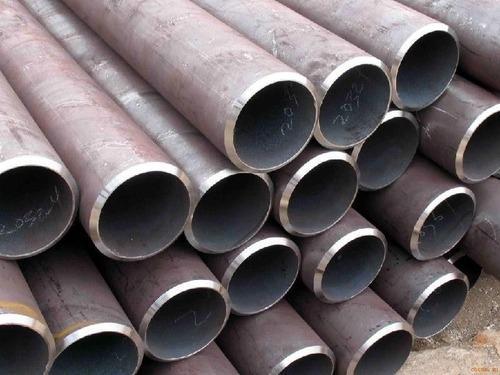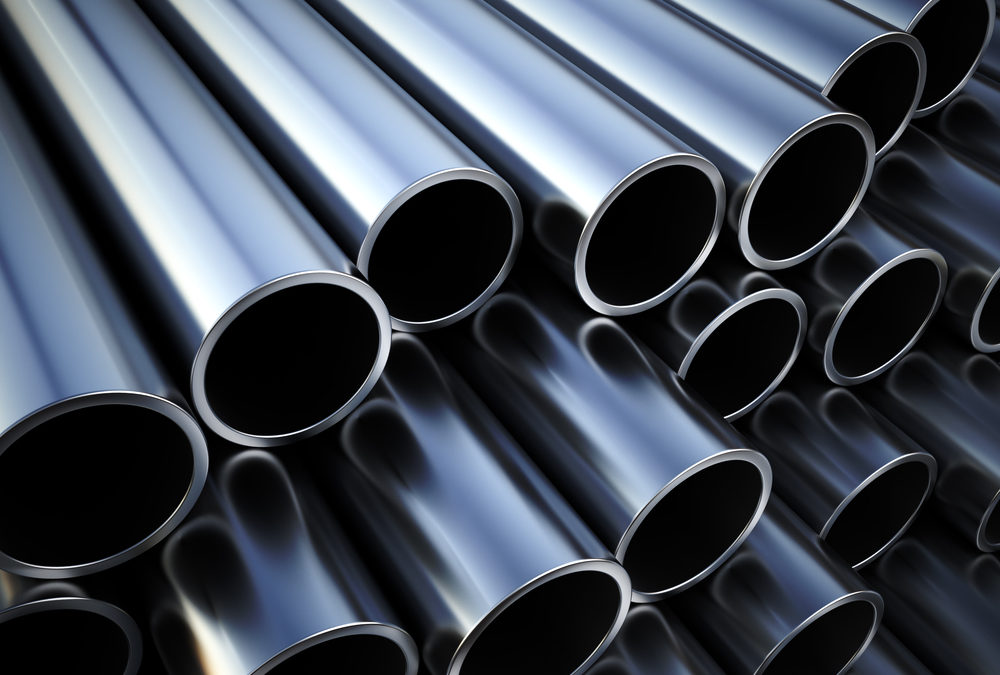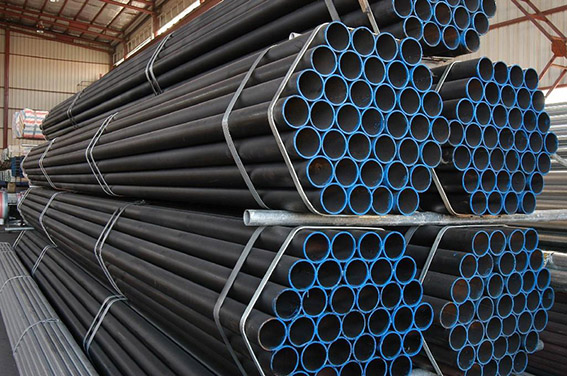In this article, we will provide an in-depth guide to stainless steel pipe schedule 40. We will cover everything you need to know about its specifications, uses, advantages, and disadvantages. Whether you are a professional or a DIY enthusiast, this guide will help you make an informed decision when choosing the right stainless steel pipe for your project.
Introduction:
Stainless steel pipe schedule 40 is a widely used material in various industries due to its durability, corrosion resistance, and versatility. It is a type of pipe that has a specific wall thickness and designing to withstand high-pressure applications. In this article, we will explore the different aspects of stainless steel pipe schedule 40, including its specifications, applications, advantages, and disadvantages.
What is Stainless Steel Pipe Schedule 40?
Stainless steel pipe schedule 40 is a type of pipe that has a specific wall thickness and designing to withstand high-pressure applications. It makes from a combination of metals such as chromium, nickel, and molybdenum. Which makes it highly resistant to corrosion and oxidation. The wall thickness of the pipe is designated by the schedule number, with schedule 40 being one of the most commonly used schedules.
Specifications of Stainless Steel Pipe Schedule 40
Stainless steel pipe schedule 40 is available in different sizes, ranging from 1/8 inch to 24 inches in diameter. The wall thickness of the pipe varies depending on the size and designation by the schedule number. For example, a 1-inch diameter pipe with a Schedule 40 thickness has a wall thickness of 0.133 inches, while a 24-inch diameter pipe with a Schedule 40 thickness has a wall thickness of 0.687 inches.
Applications of Stainless Steel Pipe Schedule 40
Stainless steel pipe schedule 40 widely uses in various industries due to its durability, corrosion resistance, and versatility. It commonly uses in the oil and gas, chemical, and petrochemical industries for transporting fluids and gases under high pressure. It also uses in the food and beverage industry for transporting liquids and gases in hygienic environments. Other applications include plumbing, HVAC, and construction.

Advantages of Stainless Steel Pipe Schedule 40
Stainless steel pipe schedule 40 has several advantages over other types of pipes. It is highly durable and can withstand high-pressure applications without deforming or cracking. It is also highly resistant to corrosion and oxidation, making it ideal for use in harsh environments. Stainless steel pipe schedule 40 is easy to clean and maintain, and it has a long lifespan, reducing the need for frequent replacements.
Disadvantages of Stainless Steel Pipe Schedule 40
One of the main disadvantages of stainless steel pipe schedule 40 is its cost. It is generally more expensive than other types of pipes, such as PVC and copper. It is also heavier and more difficult to install, requiring specialized tools and equipment. Stainless steel pipe schedule 40 is also prone to thermal expansion and contraction, which can cause it to warp or deform when exposed to high temperatures.
Conclusion:
Stainless steel pipe schedule 40 is a highly durable and versatile material that is widely used in various industries. Its resistance to corrosion and oxidation, coupled with its ability to withstand high-pressure applications, make it an ideal choice for transporting fluids and gases in harsh environments. However, its cost and difficulty of installation may make it less desirable for some applications. Overall, stainless steel pipe schedule 40 is an excellent choice for those looking for long-lasting and reliable pipe material.


